This article was co-authored by Mental Health America and by wikiHow staff writer, Jennifer Mueller, JD. Mental Health America is the nation's leading community-based nonprofit dedicated to addressing the needs of those living with mental illness and promoting overall mental health for all. Their work is guided by the Before Stage 4 philosophy – that mental health conditions should be treated long before they reach the most critical points in the disease process.
There are 23 references cited in this article, which can be found at the bottom of the page.
This article has been viewed 2,539 times.
You probably know endorphins make you feel good, but how do they work? Do they really produce a feeling of euphoria? Their name comes from two words: endogenous, meaning internal or natural, and morphine. This is why people refer to endorphins as "nature's morphine." And yes, they do function as pain relievers—but they also do a lot more than that.[1] X Trustworthy Source PubMed Central Journal archive from the U.S. National Institutes of Health Go to source Read on to learn everything you need to know about endorphins, including how they benefit you and how you can boost your own endorphin levels.
Steps
What are endorphins?
-
1Endorphins are proteins that act as neurotransmitters. Proteins are chains of peptides, which are short chains of amino acids. A neurotransmitter carries a message from one neuron to another (the receptor) in your central nervous system. Endorphins are inhibitory neurotransmitters, meaning they block other signals from occurring. Specifically, endorphins block pain signals.[2] X Trustworthy Source PubMed Central Journal archive from the U.S. National Institutes of Health Go to source
- Scientists have actually isolated 20 different types of endorphins. Beta-endorphins, the type originally associated with a "runner's high," are the most studied.[3] X Trustworthy Source Harvard Medical School Harvard Medical School's Educational Site for the Public Go to source
-
2Endorphins act as hormones in your circulatory system. These endorphins are structurally similar to the endorphins in your central nervous system, but they're created in and released by your pituitary gland and released into your bloodstream. These endorphins carry out basically the same job as the ones in your central nervous system, blocking pain signals throughout your body.[4] X Trustworthy Source PubMed Central Journal archive from the U.S. National Institutes of Health Go to source
- Both hormones and neurotransmitters carry messages to either start or stop something from occurring. The only difference is that neurotransmitters stay in your nervous system while hormones travel through your bloodstream.
Do endorphins really cause a runner's high?
-
No, endorphins can't cross the blood-brain barrier (BBB). The BBB is a semi-permeable barrier that keeps substances in your circulating blood out of your brain and central nervous system. Because endorphins can't pass through it, they can't cause any feelings, including the feeling of euphoria attributed to a "runner's high." This fact prompted researchers to look at other hormones that are released at the same time as endorphins, such as endocannabinoids. These hormones are released during exercise at the same time as neurotransmitters and can cross the blood-brain barrier.[5] X Research source
- Research is still ongoing in this area. While studies show that a runner's high doesn't depend on endorphins, there still isn't conclusive evidence that this feeling of euphoria is caused solely by endocannabinoids.
- Endocannabinoids get their name from the fact that endocannabinoid molecules are structurally similar to cannabis molecules. Similar to endorphins, endocannabinoids are endogenous (internal, natural) versions of a plant-based drug (cannabis).
- With both endorphins and endocannabinoids, the endogenous substance was named after the drug because scientists knew about the drug before the hormones were isolated and discovered.
Functions of Endorphins
-
1Relieve pain. Endorphins are most known for blocking or easing the intensity of pain and this is generally considered their primary function. Your body releases endorphins as an immediate response to a painful stimulus.[6] X Trustworthy Source PubMed Central Journal archive from the U.S. National Institutes of Health Go to source
- The pain-relieving effects of endorphins are relatively short-lived. However, they also trigger the release of other feel-good chemicals, such as dopamine, that have longer-lasting effects.
-
2Regulate immune and inflammatory response. Endorphins decrease inflammation and can possibly strengthen your immune response. This effect keeps you from experiencing intense reactions to everything that triggers your immune system.[7] X Research source
-
3Reduce stress throughout the body. Whenever your body is under stress, endorphins are released to calm things down and allow you to cope with the stress appropriately. This includes everything from lowering your body temperature to slowing your heart rate.[8] X Trustworthy Source PubMed Central Journal archive from the U.S. National Institutes of Health Go to source
- For example, if you participate in a relatively high-stress activity, such as sky-diving, you'll experience a spike in endorphins both before and after the activity. The endorphins counter the stress of your initial anticipation and then relieve the stress afterward.
-
4Trigger the release of dopamine. Endorphins are released more quickly than dopamine, while the activity is ongoing. The release of endorphins sends a signal to neurons to release that dopamine.[9] X Research source
- The effects of dopamine also tend to last longer than the effects of endorphins, which tend to taper off within a few minutes of their initial release.
- Opioid use triggers an excess release of dopamine, which is part of the reason opioids are so addictive.
Boosting Endorphins
-
1Share a good laugh with friends and loved ones. Laughter is itself powerful medicine, with the ability to reduce stress and increase your pain tolerance.[10] X Trustworthy Source PubMed Central Journal archive from the U.S. National Institutes of Health Go to source [11] X Expert Source

Licensed Clinical Psychologist Expert Interview. 9 September 2021. Of all the types of laughter, social laughter seems to have the greatest potential to release endorphins.[12] X Research source- Apart from the good feelings and increased pain tolerance laughter brings, it's also important for social bonding and connection.
- Brainstorm the different types of things that normally make you laugh. Whenever you're feeling stressed or worried, think about those things to make yourself laugh so you can get that endorphin rush.[13]
X
Expert Source

Licensed Clinical Psychologist Expert Interview. 9 September 2021.
-
2Give to those in need. Altruistic or charitable behavior increases the production of endorphins in your brain and triggers their release. Often referred to as the "helper's high," this warm, fuzzy feeling makes you feel good about helping others.[14] X Trustworthy Source Greater Good Magazine Journal published by UC Berkeley's Greater Good Science Center, which uses scientific research to promote happier living Go to source
- The helper's high triggers your brain's reward system, dosing out other feel-good chemicals that can make you feel euphoric, peaceful, and more socially connected.
-
3Exercise for at least 20 minutes every day. Any type of exercise will do, so pick something that you enjoy! If you like what you're doing and don't view it as a chore, you'll be more likely to keep up with it each day. You might also be more likely to get an endorphin boost if you're doing something that's pleasurable for you.[15] X Trustworthy Source Harvard Medical School Harvard Medical School's Educational Site for the Public Go to source
- While exercise might boost your endorphins, scientists have determined that the so-called "runner's high" is not, in fact, due to an endorphin rush. That particular feeling is more likely caused by endocannabinoids.[16] X Research source
-
4Listen to or play your favorite music. Studies show people who play music together have a higher threshold for pain. In these studies, a person's perception of their pain threshold acts as a stand-in for the release of endorphins.[17] X Trustworthy Source PubMed Central Journal archive from the U.S. National Institutes of Health Go to source Simply listening to music has a similar effect on pain relief.[18] X Trustworthy Source PubMed Central Journal archive from the U.S. National Institutes of Health Go to source
- While listening to music alone probably won't do the trick if you're dealing with something really painful, like a toothache, it can help you take your mind off of it—which decreases the intensity of the feeling.
-
5Practice yoga and meditation. Studies show that incorporating yoga, meditation, and deep breathing exercises into your daily routine can gradually increase your overall level of endorphins. These practices also have a calming effect on your mind and body, which helps reduce stress and lower your risk of many diseases.[19] X Trustworthy Source Harvard Medical School Harvard Medical School's Educational Site for the Public Go to source
- Just a few minutes a day is all it takes to get some benefit from these practices. If you find the idea of yoga or meditation intimidating, start with short breathing exercises every couple of hours throughout the day.
-
6Indulge in dark chocolate or spicy foods. Your body releases endorphins when you eat chocolate.[20] X Research source Spicy food does the same thing—basically because the heat causes you pain. In response to that pain, your body releases endorphins, which give you a sense of happiness and relief.[21] X Research source
- If you really want to go for it, try some dark chocolate flavored with peppers for a full-on endorphin rush.
-
7Engage in sexual activity for a rush of endorphins. It might surprise you that scientists actually don't know that much about the role of endorphins in human sexuality. What they do know, though, is that your body releases a burst of endorphins in response to sexual activity and orgasm.[22] X Trustworthy Source Go Ask Alice Medical advice site with content written by health promotion specialists affiliated with Columbia University Go to source
- Some researchers also believe endorphins might play some role in regulating sexual function generally.
- Scientists also speculate that higher endorphin levels contribute to feelings of attachment and bonding between sexual partners.
-
8Try acupuncture to increase circulating endorphins. Several studies have shown that acupuncture increases the amount of endorphins in your bloodstream. However, results are mixed, with other studies showing no significant difference in endorphin levels before and after acupuncture treatment.[23] X Trustworthy Source PubMed Central Journal archive from the U.S. National Institutes of Health Go to source
- Because acupuncture is considered safe, it's certainly a treatment you could try if you think you might get something out of it. Talk to your doctor and see if they'd recommend it.
Health Conditions Related to Endorphins
-
1Depression. Activation of opioid receptors relieves symptoms of depression. Researchers believe depression might cause the receptors to malfunction and not take in the endorphins they should be. Medications that target opioid receptors could represent a new treatment approach to combat the disease.[24] X Trustworthy Source Nature Respected Multidisciplinary Scientific Journal Go to source
-
2Anxiety and post-traumatic stress disorder (PTSD). Because endorphins help relieve stress, researchers speculate a deficiency of endorphins could contribute to higher anxiety. Studies have shown that anxiety is more likely if you have lower overall levels of endorphins.[25] X Trustworthy Source PubMed Central Journal archive from the U.S. National Institutes of Health Go to source
- Endorphins also aid "coping" behavior in response to a stressful experience. A lack of endorphins leads to an inability to cope, which results in anxiety and panic.
-
3Alzheimer's disease and dementia. Several studies have noted lower levels of endorphins, particularly beta-endorphins, in the brains of people with Alzheimer's disease. While low endorphins are believed to be related to the cause of the disease rather than its severity, more severe cases tend to have lower levels than moderate cases.[26] X Trustworthy Source PubMed Central Journal archive from the U.S. National Institutes of Health Go to source
- Researchers speculate that lower levels of endorphins in the brain could prevent the brain from making new neural connections that are necessary for brain growth, learning, and the formation of memories.
How do endorphins and opioids differ?
-
Opioids reach their target more quickly than endorphins. Opioids are structurally similar to endorphins and have the same basic effect—they block pain signals to relieve pain. However, they're able to achieve that effect in about 20 seconds—compared to over a minute for endorphins.[27] X Research source
- Opioids are able to act more quickly because they can move directly into a cell—they don't have to first bind to receptors, the way endorphins do.
- The speed with which opioids work is one of the things that makes them a highly addictive substance.
Can you become addicted to endorphins?
-
Yes, it's possible to become addicted to endorphins. While there hasn't been a lot of research on this topic, studies have shown some people may become addicted to an "endorphin rush." That addiction causes those people to seek out similar activities that will trigger the endorphin release that they crave.[28] X Research source
- For example, someone who is addicted to exercise might continue to work out excessively because they crave the endorphin release that comes when they put stress on their body.
Can you have too many endorphins?
-
Yes, excess endorphins are possible but relatively rare. Typically, excess endorphins happen in individuals who engage in heavy opioid use. Since opioids act the same way as endorphins, when you pile opioids on top of your body's natural endorphin production, you end up with too many endorphins.[29] X Trustworthy Source FamilyDoctor.org Family-focused medical advice site run by the American Academy of Family Doctors Go to source
- Outside the context of opioid addiction, your body typically won't produce more endorphins than you need.
- Excess endorphins can typically be treated with opioid antagonists, such as naltrexone, along with abstaining from opioids completely.[30] X Research source
Expert Q&A
-
QuestionWhat happens when you have too few endorphins?
 Kirsten Thompson, MDDr. Kirsten Thompson is a Board Certified Psychiatrist, Clinical Instructor at UCLA, and the Founder of Remedy Psychiatry. She specializes in helping patients with mental health conditions such as major depressive disorder, anxiety, ADHD, bipolar disorder, OCD, PTSD, and postpartum depression. Dr. Thompson holds a BS in Operations Research Industrial Engineering from Cornell University and an MD from The State University of New York, Downstate College of Medicine.
Kirsten Thompson, MDDr. Kirsten Thompson is a Board Certified Psychiatrist, Clinical Instructor at UCLA, and the Founder of Remedy Psychiatry. She specializes in helping patients with mental health conditions such as major depressive disorder, anxiety, ADHD, bipolar disorder, OCD, PTSD, and postpartum depression. Dr. Thompson holds a BS in Operations Research Industrial Engineering from Cornell University and an MD from The State University of New York, Downstate College of Medicine.
Board Certified Psychiatrist Low levels of endorphins are linked with depressive symptoms, like fatigue, anhedonia, and difficulty concentrating, as well as fibromyalgia and chronic headaches. Therefore, a severe lack of endorphins can impact your day-to-day functioning by affecting you mentally (poor focus and memory) or physically (fatigue and headaches).
Low levels of endorphins are linked with depressive symptoms, like fatigue, anhedonia, and difficulty concentrating, as well as fibromyalgia and chronic headaches. Therefore, a severe lack of endorphins can impact your day-to-day functioning by affecting you mentally (poor focus and memory) or physically (fatigue and headaches). -
QuestionIs it good to have endorphins?
 Kirsten Thompson, MDDr. Kirsten Thompson is a Board Certified Psychiatrist, Clinical Instructor at UCLA, and the Founder of Remedy Psychiatry. She specializes in helping patients with mental health conditions such as major depressive disorder, anxiety, ADHD, bipolar disorder, OCD, PTSD, and postpartum depression. Dr. Thompson holds a BS in Operations Research Industrial Engineering from Cornell University and an MD from The State University of New York, Downstate College of Medicine.
Kirsten Thompson, MDDr. Kirsten Thompson is a Board Certified Psychiatrist, Clinical Instructor at UCLA, and the Founder of Remedy Psychiatry. She specializes in helping patients with mental health conditions such as major depressive disorder, anxiety, ADHD, bipolar disorder, OCD, PTSD, and postpartum depression. Dr. Thompson holds a BS in Operations Research Industrial Engineering from Cornell University and an MD from The State University of New York, Downstate College of Medicine.
Board Certified Psychiatrist Absolutely! Having high levels of endorphins is a good thing in terms of your health and overall functioning.
Absolutely! Having high levels of endorphins is a good thing in terms of your health and overall functioning.
You Might Also Like
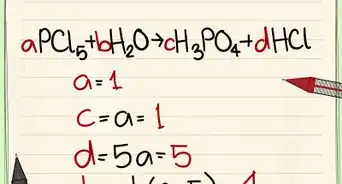

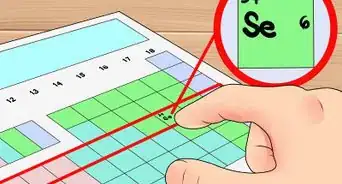


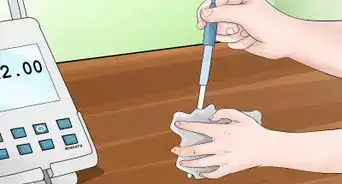



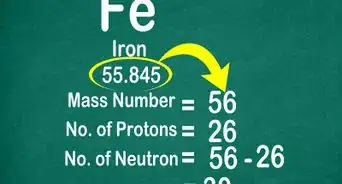
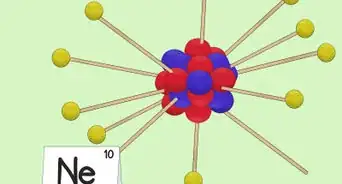
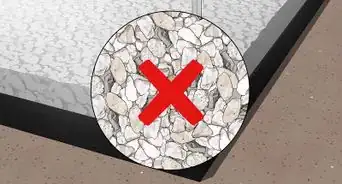
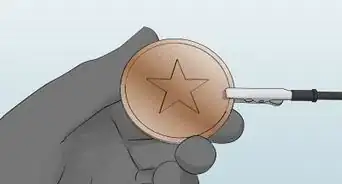
References
- ↑ https://www.ncbi.nlm.nih.gov/books/NBK470306/
- ↑ https://www.ncbi.nlm.nih.gov/books/NBK470306/
- ↑ https://www.health.harvard.edu/mind-and-mood/endorphins-the-brains-natural-pain-reliever
- ↑ https://www.ncbi.nlm.nih.gov/books/NBK470306/
- ↑ https://www.livescience.com/what-is-runners-high
- ↑ https://www.ncbi.nlm.nih.gov/pmc/articles/PMC7796446/
- ↑ https://www.rutgers.edu/news/rutgers-team-discovers-novel-approach-stimulate-immune-cells
- ↑ https://www.ncbi.nlm.nih.gov/pmc/articles/PMC7796446/
- ↑ https://www.bbc.co.uk/bitesize/guides/zrgyt39/revision/4
- ↑ https://www.ncbi.nlm.nih.gov/pmc/articles/PMC6125057/
- ↑ Carolyn Rubenstein, PhD. Licensed Clinical Psychologist. Expert Interview. 9 September 2021.
- ↑ https://royalsocietypublishing.org/doi/10.1098/rspb.2011.1373
- ↑ Carolyn Rubenstein, PhD. Licensed Clinical Psychologist. Expert Interview. 9 September 2021.
- ↑ https://greatergood.berkeley.edu/article/item/5_ways_giving_is_good_for_you
- ↑ https://www.health.harvard.edu/staying-healthy/exercising-to-relax
- ↑ https://www.sciencedirect.com/science/article/abs/pii/S0306453021000470
- ↑ https://pubmed.ncbi.nlm.nih.gov/27158219/
- ↑ https://pubmed.ncbi.nlm.nih.gov/27760797/
- ↑ https://www.health.harvard.edu/staying-healthy/exercising-to-relax
- ↑ https://www.sciencefocus.com/the-human-body/does-chocolate-make-you-happy/
- ↑ https://insights.osu.edu/food/science-spicy-cravings
- ↑ https://goaskalice.columbia.edu/answered-questions/orgasms-and-endorphins
- ↑ https://www.ncbi.nlm.nih.gov/pmc/articles/PMC7796446/
- ↑ https://www.nature.com/articles/s41380-018-0117-2
- ↑ https://www.ncbi.nlm.nih.gov/pmc/articles/PMC3596765/
- ↑ https://www.ncbi.nlm.nih.gov/pmc/articles/PMC7796446/
- ↑ https://www.ucsf.edu/news/2018/05/410376/bodys-natural-opioids-affect-brain-cells-much-differently-morphine
- ↑ https://link.springer.com/chapter/10.1007/978-94-009-4153-3_43
- ↑ https://familydoctor.org/condition/opioid-addiction/
- ↑ https://www.hcplive.com/view/neurobiological-and-neuropsychiatric-mechanisms-of-fibromyalgia-and-their-implications-for-treatment
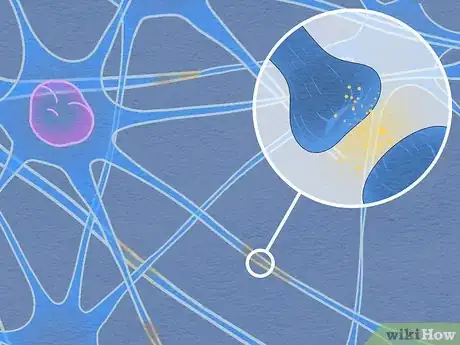
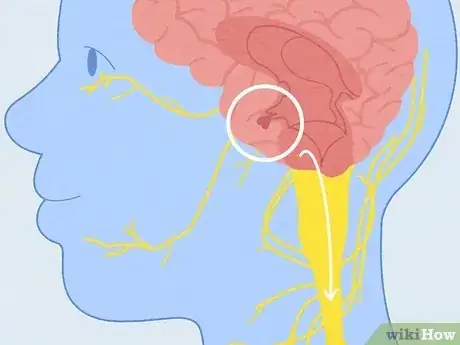
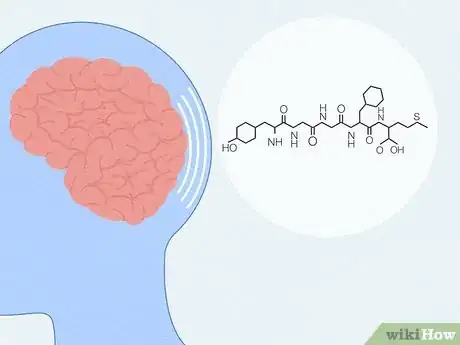
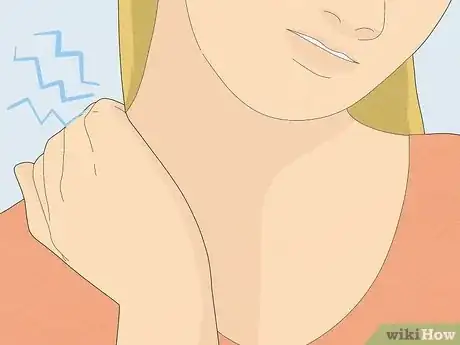
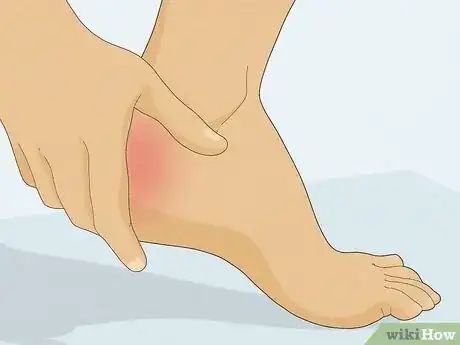
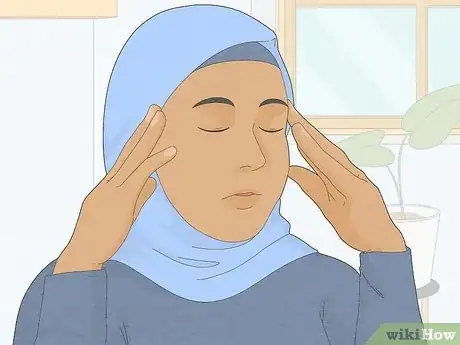
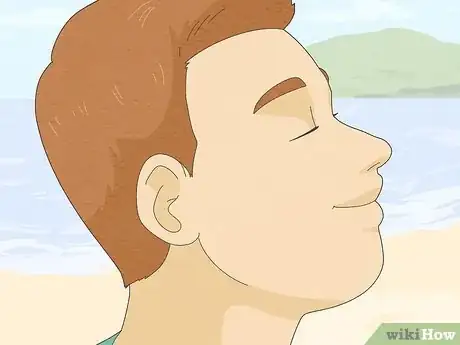
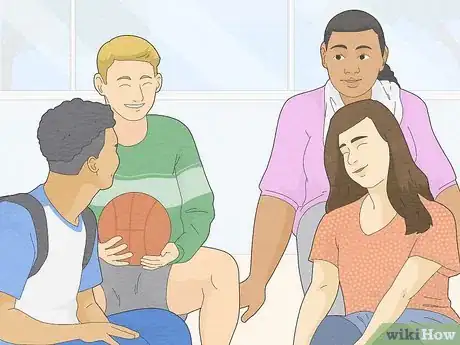
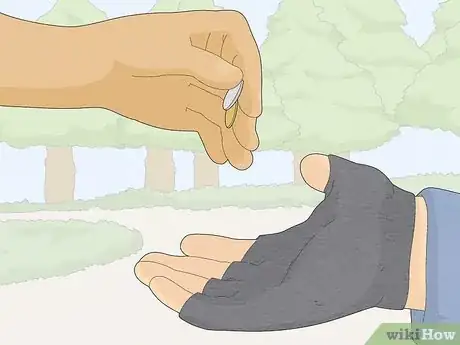
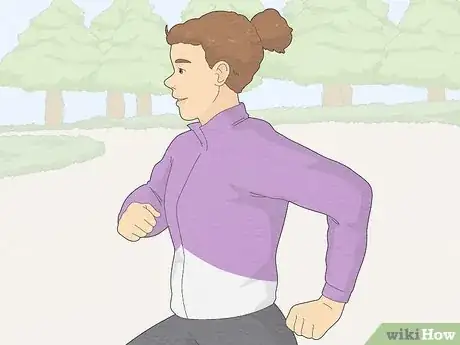
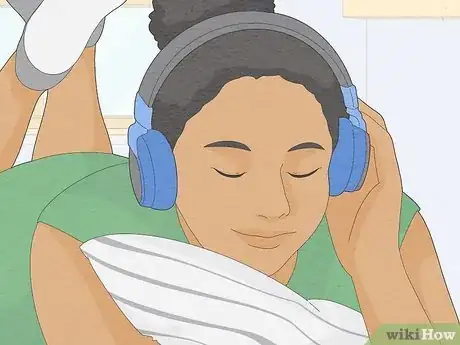
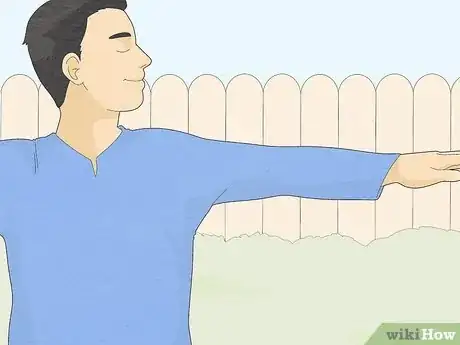
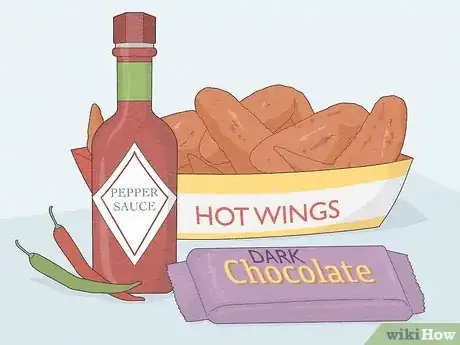
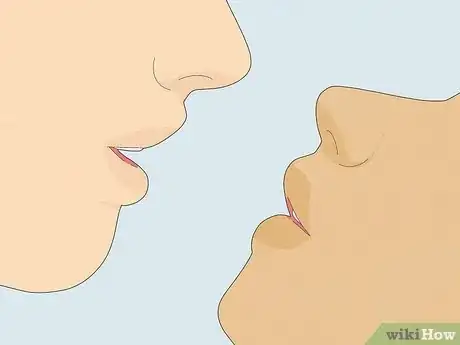
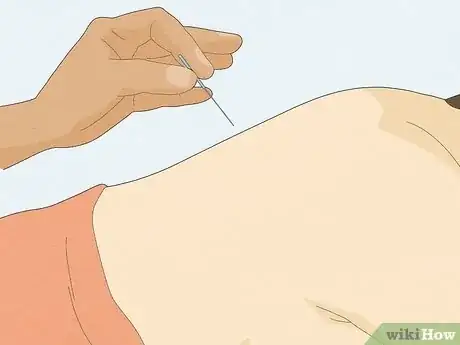
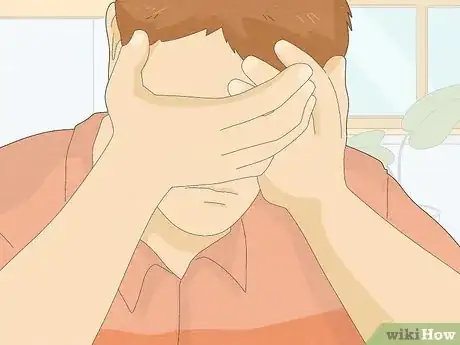
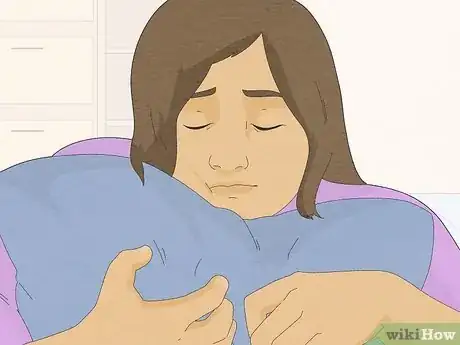
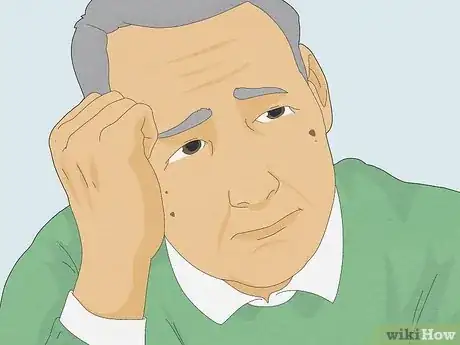
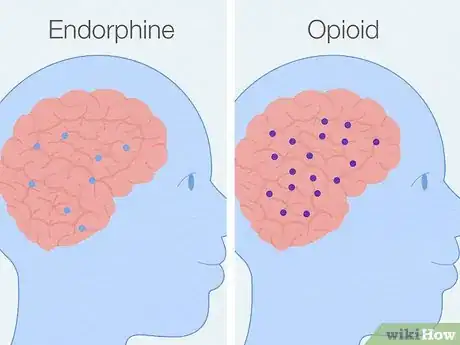
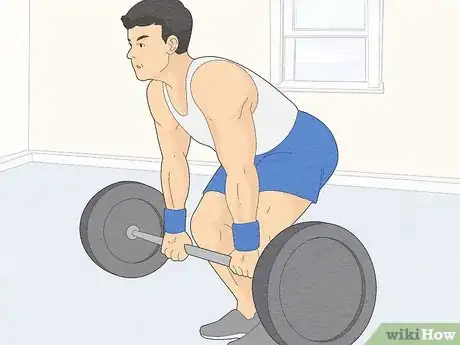
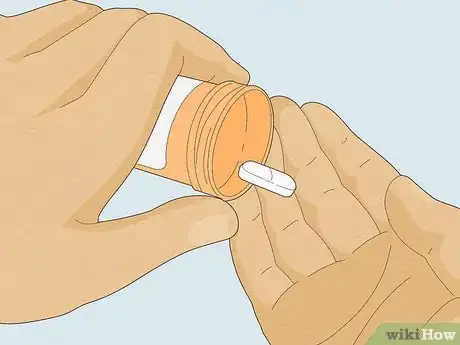









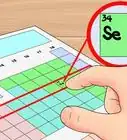













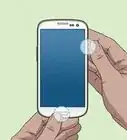

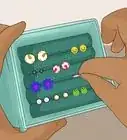

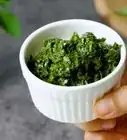















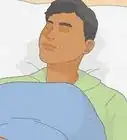


Medical Disclaimer
The content of this article is not intended to be a substitute for professional medical advice, examination, diagnosis, or treatment. You should always contact your doctor or other qualified healthcare professional before starting, changing, or stopping any kind of health treatment.
Read More...